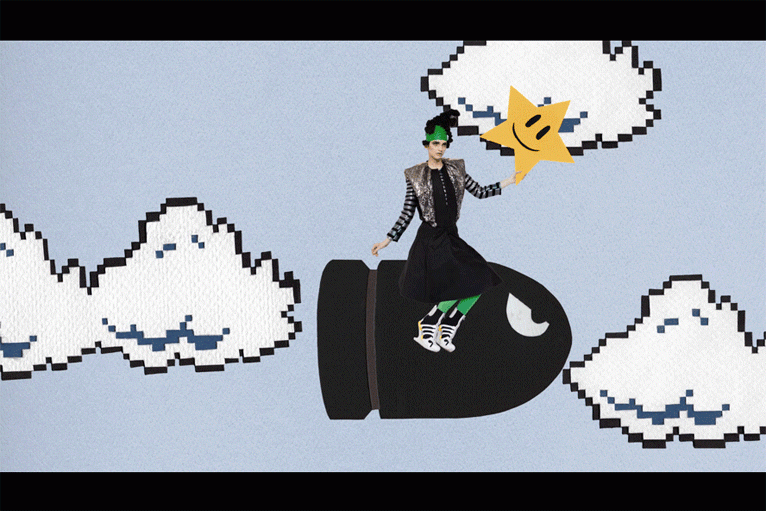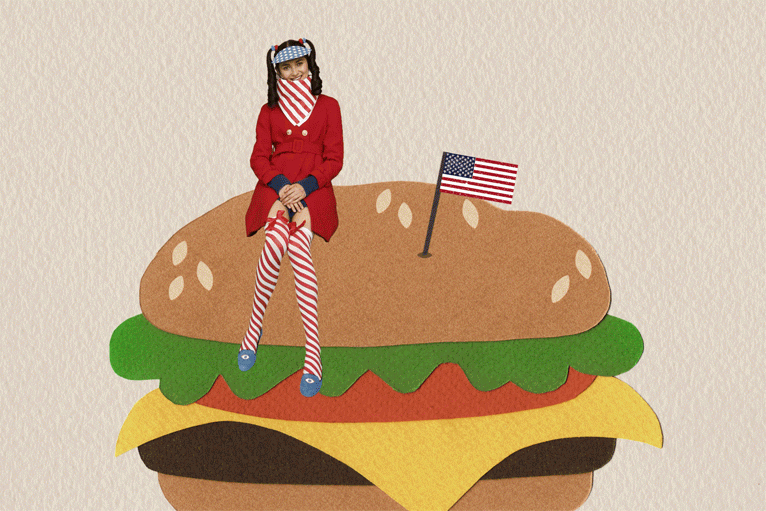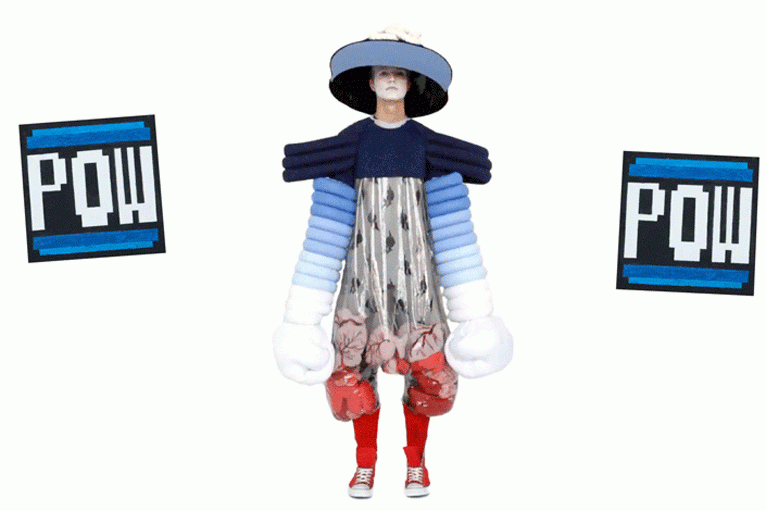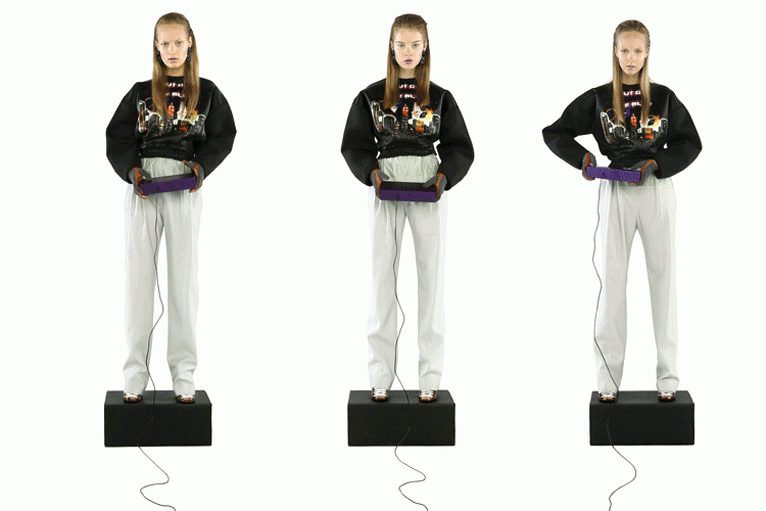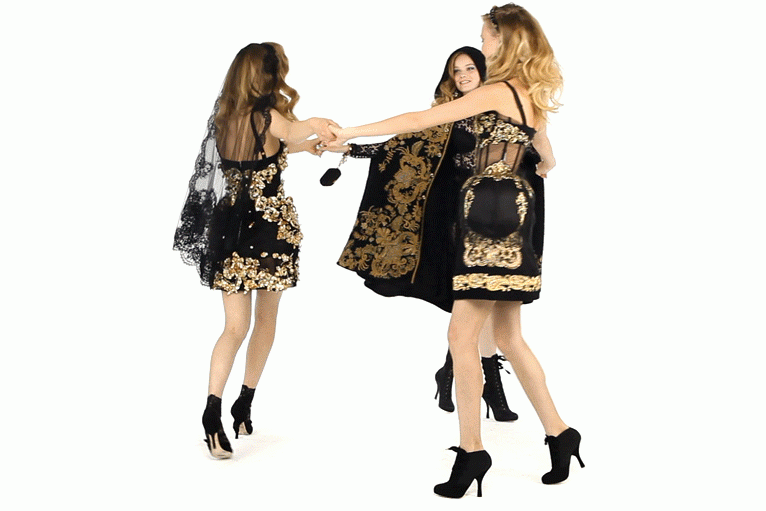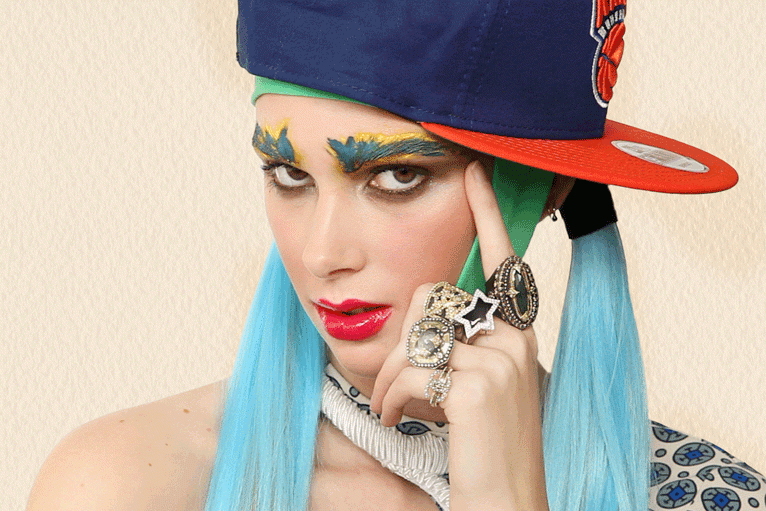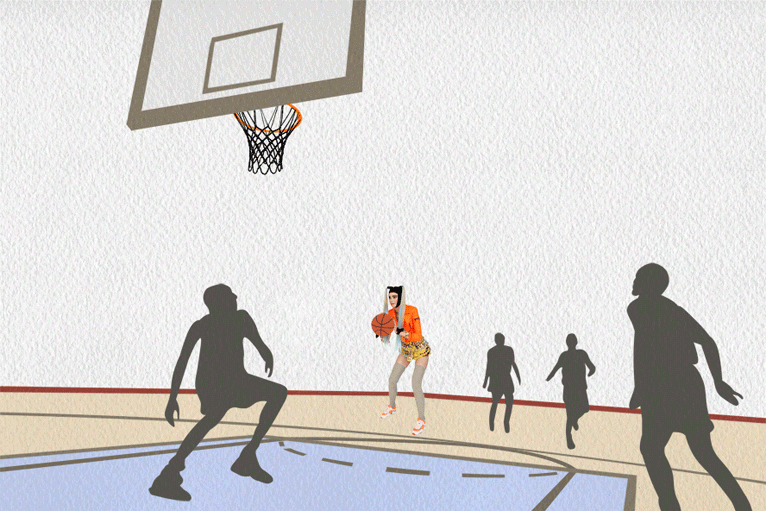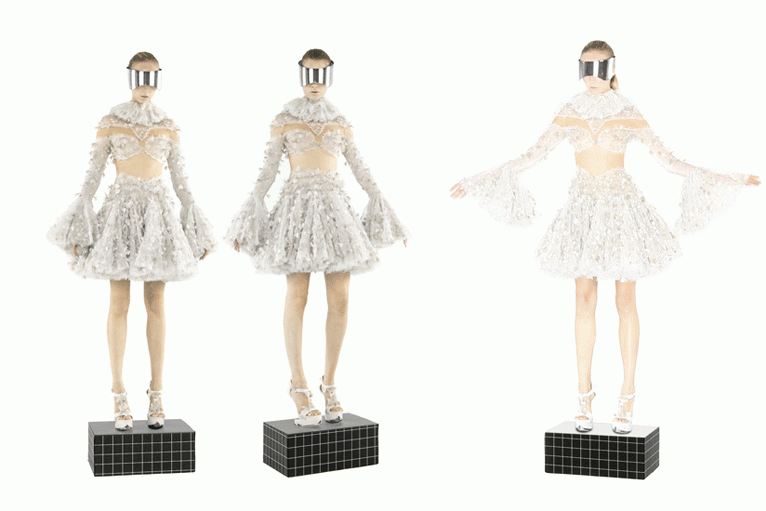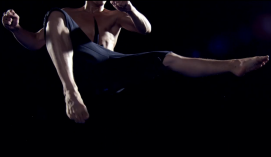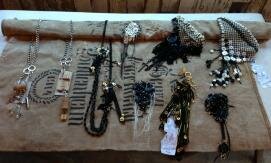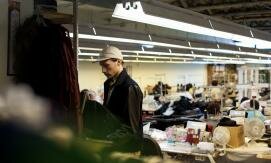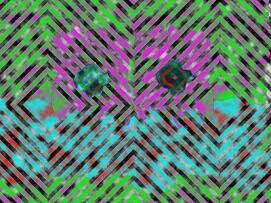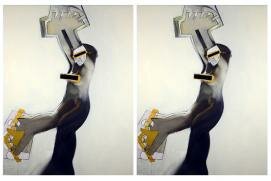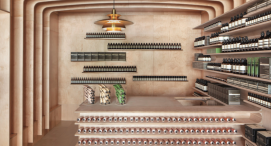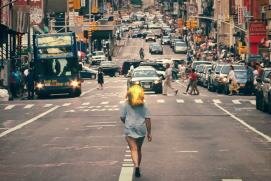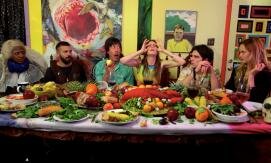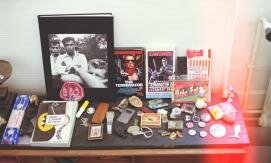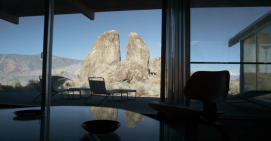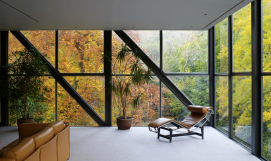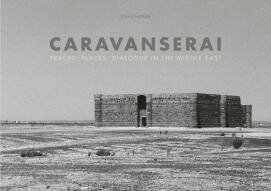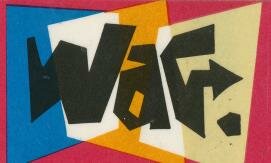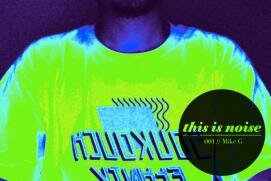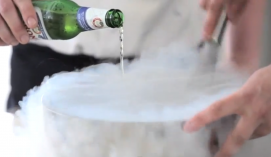- 1
- 2
- next ›
- last »
Pamela Reed and Matthew Rader are Reed + Rader, a design duo who have been pushing their brand of digital art for a while now with quirky animated gifs that get noticed. Reed + Rader are known for their work in the fashion field, an area that was once strictly aligned with glossy print and the odd big budget film spot. But with the endless ocean of Internet possibilities stretched out ahead of them, the pair have explored a new direction with photography and animation, one which eschews the opulence and exclusivity of the industry and replaces it with fun, oddball antics and retro-references with a twisted skew that seems to speak to the eclectic modern viewer. As it turns out, Fashion seems to quite like this new style. As do a host of other clients from across the business spectrum. We at POST NEW are fans too, and that's why we got in touch with Pamela and Matthew for a chat.
POST NEW: Who are you and what do you do?
Reed + Rader: We are Pamela + Matthew, also known as Reed + Rader. We do lots of things, we make gifs, we make films, we make interactive projects. We always try to have fun in our work.
PN: How long have you been operating as Reed + Rader?
R+R: We have been working together since 2002, but officially became Reed + Rader in 2005.
PN: How did you get drawn into the world of web art?
R+R: We’ve always been computer obsessed. In 2008 we decided as photographers to give up still images almost completely, as our world already revolved around the internet and screens, to focus on producing work that took advantage of the platform on the web.
PN: Did you come from artistic backgrounds prior to this?
R+R: No, not at all.
PN: You've taken on a fair bit of commissioned work - has there has always been a commercial market for your work?
R+R: We’ve always tried to push the “new”. I think many people are still trying to figure out what’s new and how to take advantage of it. We’ve had to carve out a niche. It’s all new territory to most of us so we’re learning and creating rules as we go. Our clients have always been supportive and excited about our work.
PN: Do you ever find yourselves facing criticism for your brand of art? Do you feel people have yet to come round to the thought of 'real culture' existing in a digital world?
R+R: Sure, not everyone is going to like it, but that’s ok. Truth is, people can get nostalgic about it but there is no going back to a time before digital. Our generation is the last to remember the pre-digital divide and digital natives are now beginning to reach adulthood. Every generation going forward is born completely into the digital space. The most important thing is that we like the work and our excitement about it is contagious.
PN: What influences your work? There are some pretty far out things going on!
R+R: The Future, Space, Faces, Cats, Internet.
PN: What are your thoughts on animated GIFs making such a big comeback? Why are these animations so appealing?
R+R: It’s easy to get swept up in the nostalgia of the gif and that is a big part of the comeback. It’s a lot more than that though. The GIF is a super simple format that works without problem across all browsers. There’s no need to deal with compatibility and plug-ins. It just works. The GIF is there internet’s true artist medium because it embodies the sharing and remixing culture of the world wide web. If I want to take a cool image, I’ll just right-click and save it without having to go through a huge hassle. Most of all GIFs are short, sweet and fun. Getting people to sit through your eight minute short film is difficult. It’s these things that make the GIF so appealing.
PN: Can you tell us about something you're currently working on?
R+R: We’re working on a Animal Crossing inspired gif story, which we created full costumes for from the heads to the clothing. We just completed a film called I Hate Kitties: A gif story for W Magazine just went live: http://reedandrader.com/#!/projects/121 We’re getting ready for our first solo show in London later this year and making a lot of dinosaur inspired fun.
PN: How long do your projects usually take to complete, from start to finish?
R+R: They vary in complexity. The actual shoot date is always the easiest for us as so much is done in pre and post production. Some might take days, some might take months. The Animal Crossing story we’re working on now has been in our idea book for years, but finally brought to life.
PN: Are there any limitations to what you do?
R+R: Mentally, no. Technically, some of what we want to do doesn’t exactly exist yet.
PN: You've stated in the past that you foresee the fashion and digital worlds meeting with the arrival and rise of Digital Clothes - can you expand on this?
R+R: Fashion has always been about identity and masquerade. The promise of augmented reality takes this idea of manipulating the self and amplifies it to the next level. This is some serious future tech vaporware but someday when the technology becomes believable enough we might all be walking around in comfortable sweatpants in reality but in the digital space we’ll all choose to have photorealistic dinosaur heads with huge tentacle gowns. When you free designers from the constraints of fabric and the realities of gravity anything is possible. We can do these things today but the results are very rudimentary. We’ll get there though.
PN: Any thoughts on where the Reed + Rader enterprise will take you in the future? Or is the future of the web too uncertain and unchartered?
R+R: This is all uncharted territory so we cannot say for sure. There are certain trends we are following now though. GIFs are mostly what we are known for exposing the fashion world to but we’re exploring interactive projects and augmented reality. The move to GIFs for us was an embrace of the web as the multimedia platform that it is but GIFs are still a passive medium just like JPEGs and movies. People can’t interact with them, they just watch. The web also offers user input to make projects interactive. This is what we’re most excited about right now and we’ve done some projects in the past that are beginning to take advantage of this through mouse movement, clicks, and webcams.
Jack Smylie
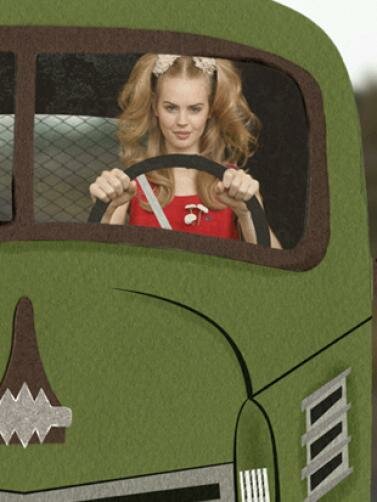
end








